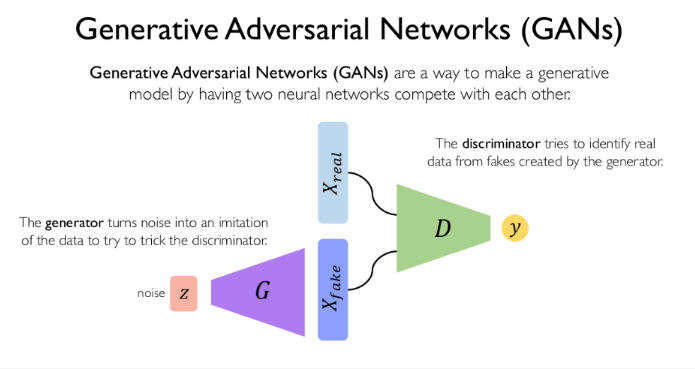Transformative Synergy: AI, Computer Vision, and the Evolution of Automation in Industry
- Samul Black

- Jan 4, 2024
- 3 min read
Updated: Jan 9, 2024
AI, Robotics, Computer Vision and the Automation Industry: A short overview of how the applications of Artificial Intelligence are revolutionizing the Automation Industry.

AI has emerged as a transformative force in industrial automation, revolutionizing traditional manufacturing and operational processes. In the landscape of modern manufacturing and production, the integration of automation technologies has reshaped industries, driving efficiency, innovation, and productivity to unprecedented heights. Industrial automation, characterized by the use of advanced machinery, robotics, and intelligent systems, stands as a cornerstone of this transformative shift. Industrial automation represents a paradigm shift in how industries operate, enabling agility, precision, and efficiency on a scale previously unimaginable. As technology continues to evolve, embracing automation will be key to staying competitive, fostering innovation, and driving progress in the global economy. The advantages of AI powered industrial automation are manifold. Increased productivity, improved product quality, reduced labor costs, and enhanced safety are among the key benefits. Moreover, automation allows companies to respond swiftly to market demands and achieve greater agility in a competitive landscape.
Computer Vision Powered Automation in Manufacturing
Industrial automation has revolutionized manufacturing processes, optimizing workflows and streamlining production lines. Automated machinery, guided by sophisticated control systems, performs tasks with precision and consistency, boosting output while minimizing errors and waste. The integration of computer vision in industrial automation enhances productivity, reduces errors, and augments decision-making processes, contributing significantly to the evolution of smart factories and efficient production environments. Computer vision based tools automatically analyze machinery or equipment for signs of wear, identifying potential maintenance needs before failures occur. This proactive approach minimizes downtime and optimizes production schedules. Computer vision based industrial automation spans various sectors, including automotive, electronics, pharmaceuticals, and logistics. Its impact extends beyond traditional manufacturing, reaching fields like healthcare, agriculture, and energy, enhancing efficiency and capabilities in diverse domains.
AI and Robotics
The proliferation of robots in industrial settings has marked a new era in automation. These versatile machines handle diverse tasks, from assembly and packaging to intricate tasks requiring high precision, enhancing speed, flexibility, and reliability in production.Computer vision guides robots and automated machinery by providing visual feedback. This enables precise positioning, handling, and manipulation of objects within manufacturing environments.Visual sensors and computer vision systems monitor industrial spaces for safety compliance, detecting hazards, and ensuring adherence to safety protocols. AI empowers robots and automated systems with adaptive and intelligent capabilities. Machine learning enables robots to learn and adapt to dynamic environments, enhancing flexibility and enabling tasks that require decision-making or learning from experience.
Smart Decision-Making Systems
AI-driven decision-making systems utilize data-driven insights to optimize supply chain management, inventory control, and resource allocation. These systems adapt to changing conditions and make informed decisions in real-time, improving operational efficiency.
Human-Machine Collaboration
AI fosters a collaborative environment where humans and machines work together. While machines handle repetitive or hazardous tasks, humans oversee operations, make strategic decisions, and manage complex processes, creating a symbiotic relationship that maximizes productivity and innovation.
Adaptive and Agile Manufacturing
AI-driven automation enables adaptive manufacturing processes. Factories equipped with AI can swiftly reconfigure production lines to accommodate changes in demand, allowing for agile responses to market fluctuations and customizations.
Challenges and Future Prospects
While industrial automation offers numerous advantages, challenges such as initial investment costs, workforce adaptation, cybersecurity risks, and ethical considerations require careful attention. Nevertheless, the future of industrial automation holds immense promise, with advancements in AI, machine learning, and robotics poised to further revolutionize manufacturing processes. While AI offers immense potential, challenges such as data security, privacy concerns, workforce reskilling, and ethical usage of AI-powered technologies require attention. Striking a balance between technological advancement and ethical considerations remains crucial.
In essence, AI is a catalyst for the transformation of industrial automation, introducing intelligence, adaptability, and efficiency to manufacturing and operational workflows. Its integration propels industries towards a future of smarter, more efficient, and agile production processes.



